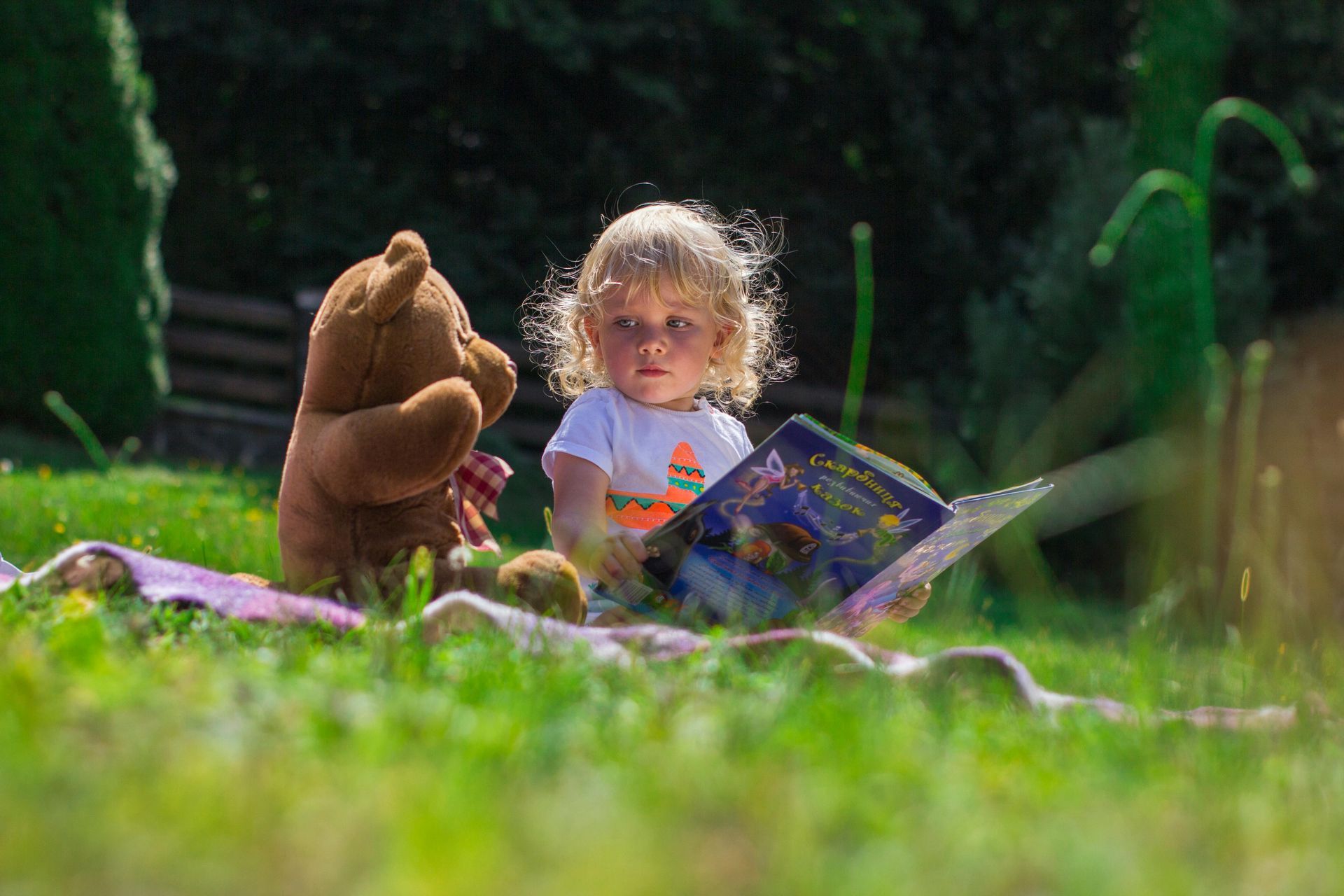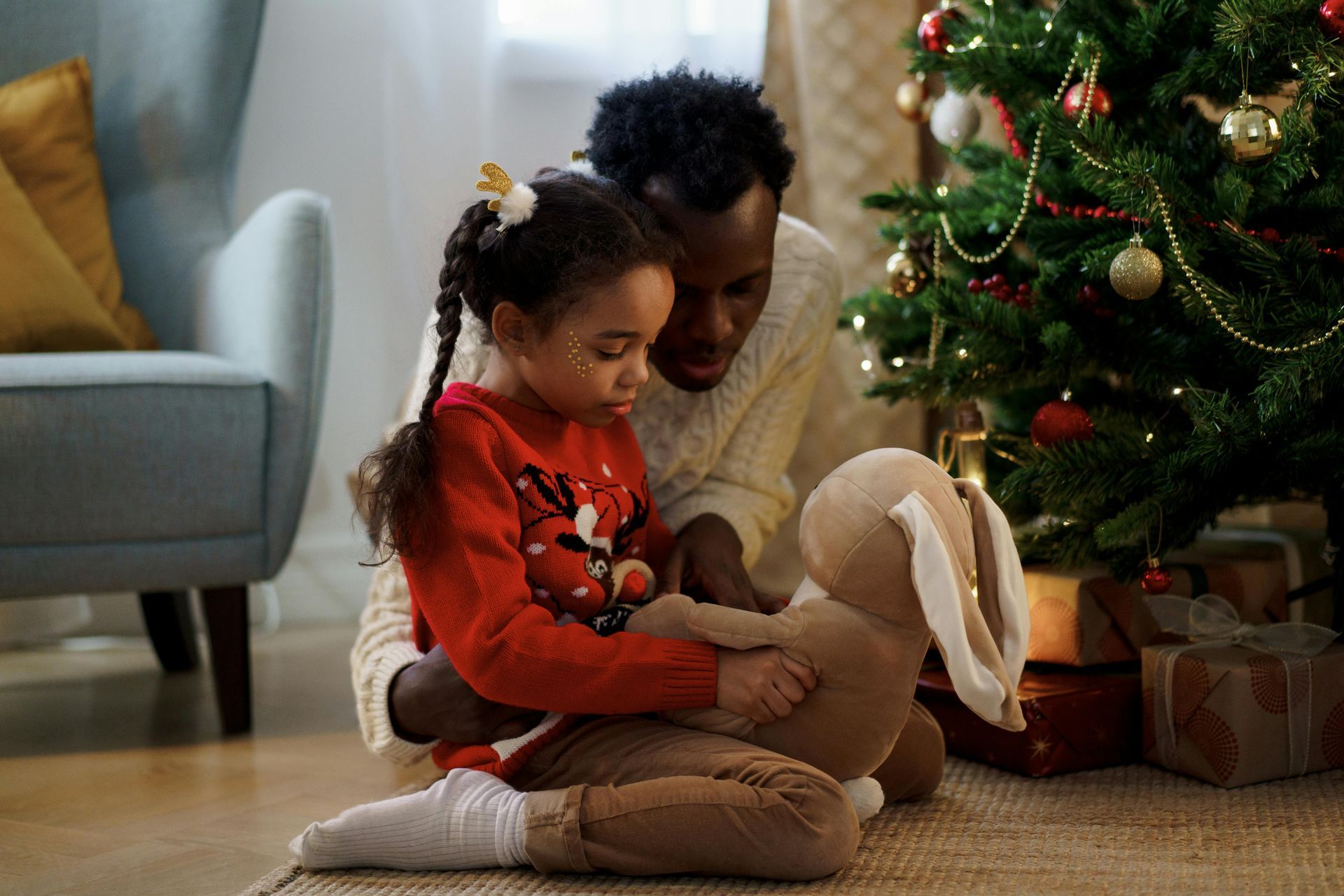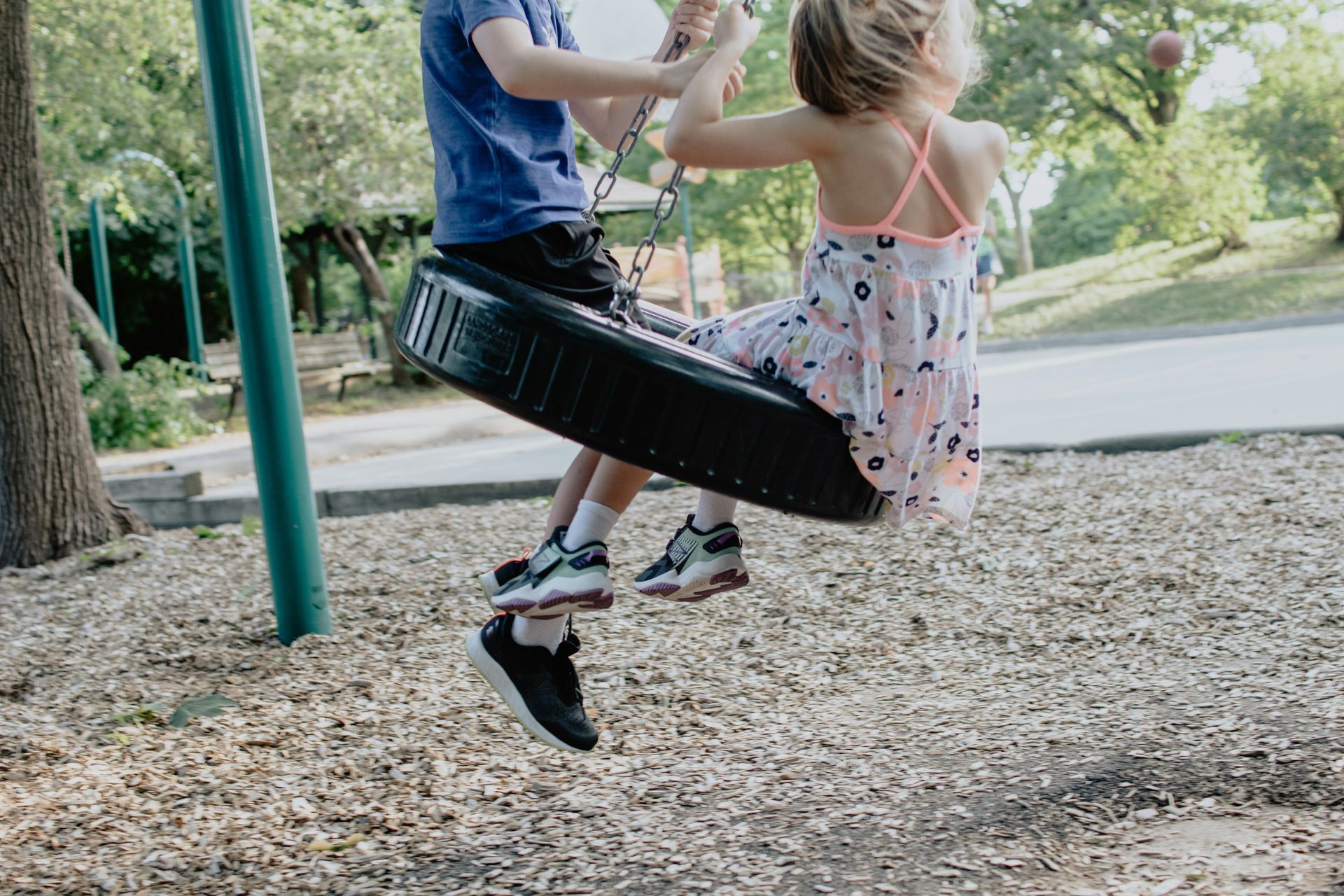How dogs can be used as emotional anchors for children
Dogs as Emotional Anchors for Children: The Role of Canine Companions in Child Development .
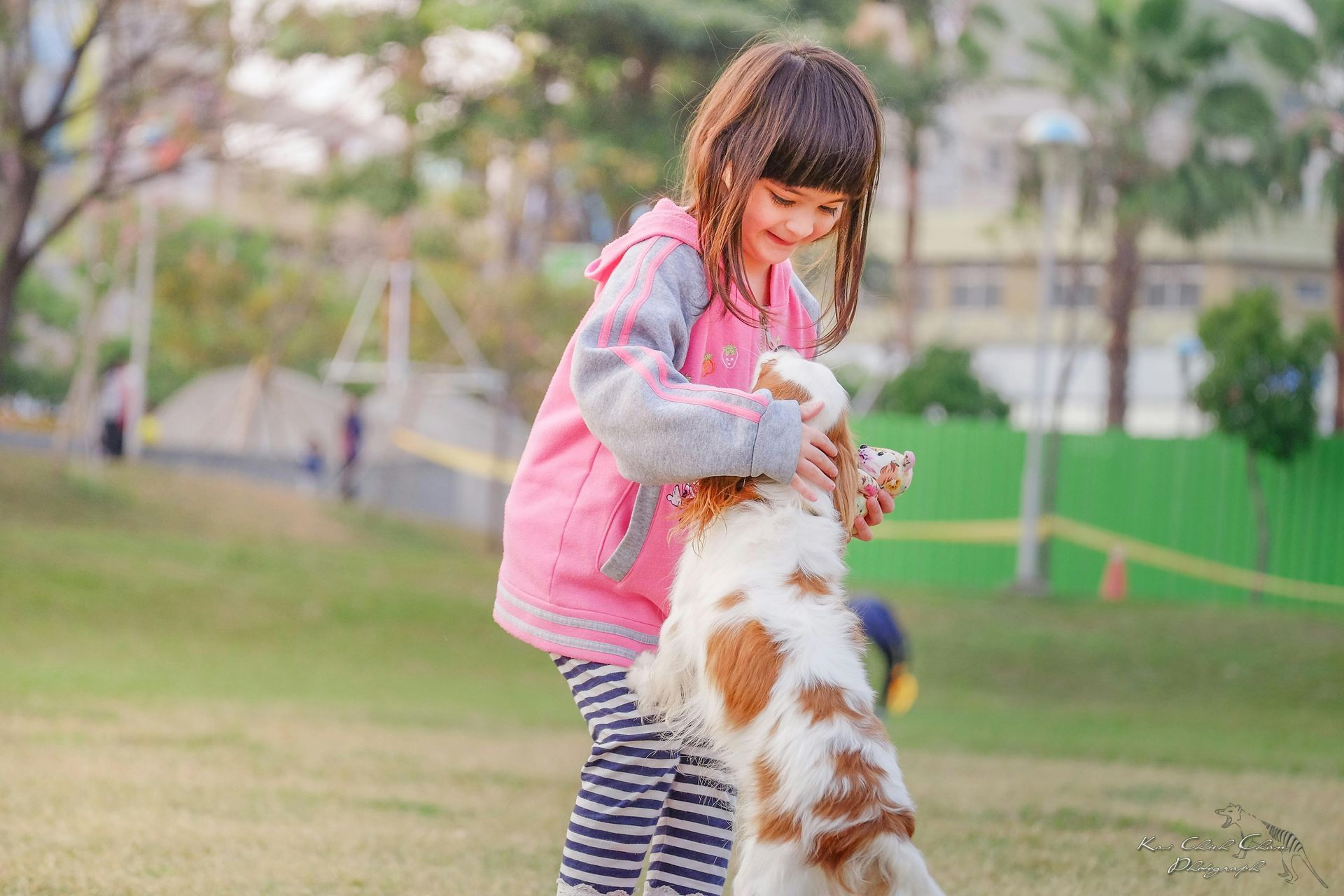
Dogs are more than just pets; they can be profound emotional anchors for children, providing comfort, support, and invaluable lessons in empathy and responsibility. Understanding the unique bond between children and their canine companions can help parents and caregivers leverage these relationships for emotional and developmental benefits.
The Comforting Presence of Dogs
For many children, a dog is not just a playmate but a source of comfort and security. The presence of a dog can have a calming effect, especially in times of stress or anxiety. This is because dogs are attuned to human emotions and often react with affectionate behaviors that provide comfort. Studies have shown that interacting with dogs can increase levels of oxytocin, a hormone associated with bonding and stress relief, in both humans and dogs.
Emotional Development and Empathy
Growing up with a dog can play a crucial role in a child's emotional development. Dogs provide a constant stream of opportunities for children to learn empathy and compassion. As children care for their pets, they learn to recognize and respond to the needs and feelings of another being. This daily interaction helps develop their ability to understand and share the feelings of others, a key component of empathy.
Dogs Teach Responsibility and Routine
Caring for a dog requires a routine of feeding, walking, and grooming. When children are involved in these tasks, they learn about responsibility. Regularly taking care of a pet helps children develop a sense of duty and routine, which are important aspects of emotional maturity. The responsibilities tied to pet care can also make children feel important and capable, boosting their self-esteem.
Therapeutic Benefits in Various Settings
Dogs are widely used in therapeutic settings, schools, and other environments where children or vulnerable individuals may benefit from the presence of trained dogs. Therapy dogs can significantly reduce stress and anxiety in high-stress environments such as hospitals, schools, and nursing homes. They are trained to provide comfort and support, helping to alleviate emotional distress and facilitate communication in therapeutic sessions.
Choosing the Right Dog
Not all dogs are suitable for all families. When choosing a dog to join a family with children, it's important to consider the temperament and energy level of the dog as well as the age and personality of the child. Some breeds are known for their patience and gentleness with children, but individual temperament is also crucial. It’s often recommended to adopt dogs from shelters where staff can help match the right dog to your family dynamics.
Conclusion
Dogs can significantly enrich a child's life, offering more than companionship. They teach empathy, responsibility, and provide comfort. These experiences can help shape children into more caring, responsible adults. For families considering adding a dog to their home, understanding the commitment and benefits can help in making a decision that brings added joy and emotional growth to their children’s lives.
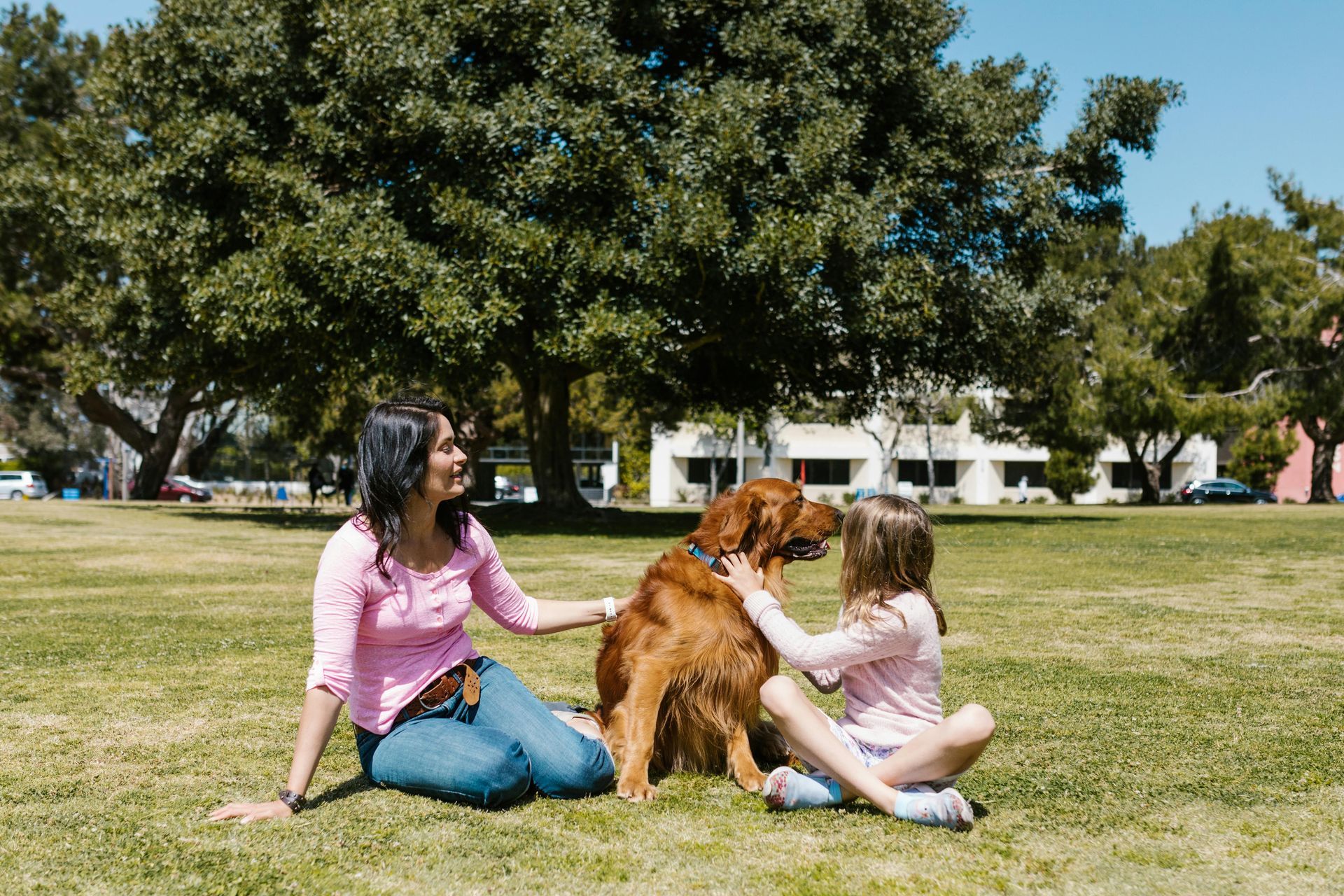
Design & Build by Kangaroo UK



